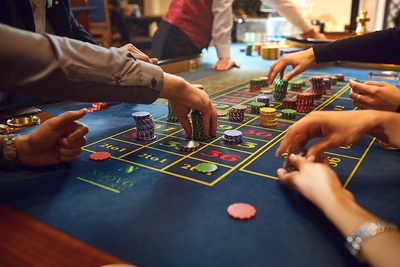 There are an awful lot of variations on the roulette dozens strategy, so much so that there isn’t really an agreed official strategy other than the fact that the player bets on either dozens or rows, as each of these bets covers 12 numbers.
There are an awful lot of variations on the roulette dozens strategy, so much so that there isn’t really an agreed official strategy other than the fact that the player bets on either dozens or rows, as each of these bets covers 12 numbers.
We will cover three approaches to the dozens strategy in this article, but these have been adapted many times over so this is just a basic introduction that can be used by anyone new to the strategy.
Of course, just like other roulette strategies it is not guaranteed to leave you in profit, everyone is limited by their bank roll, table minimums, and luck on the day, but in theory at least they do have some merit.
We will start with the simplest of the two single dozen strategies, leaving the double dozen until last, and assume players are using a European roulette table with 37 numbers.
Basic Single Dozen Roulette Strategy
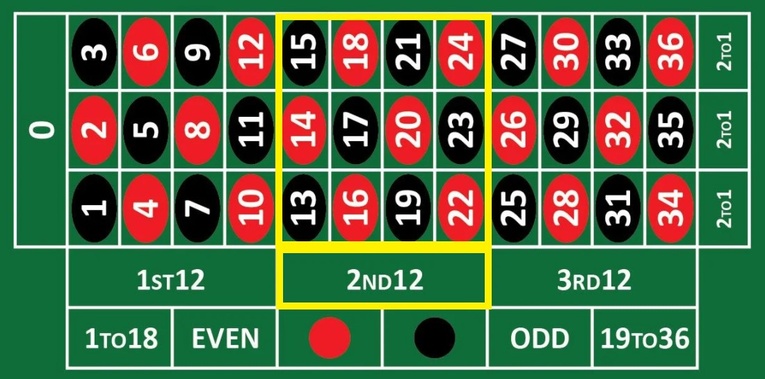
With this approach, you simply need to pick one of the three different dozen options on the board and stick to it.
Don’t jump around and bet on a different dozen or it will mess up the system.
You need to break your bankroll down into units of around 1% of your total, but definitely no more than 5%. So a bankroll of £500 would be best served by playing units of around £5, and no more than £25. Somewhere in that range.
This is because you will end up increasing your bet after losing spins, potentially several times over, so you need enough left in the bank to cover you until your next win.
It’s very similar to the D’Alembert system, except that instead of increasing your bet after a single loss, you only increase it after a second consecutive loss. This means it would take four losses in a row to increase your stake by two units.
A win right at the start would see your stake remain the same, but if you hit a win after a few losses you would immediately reduce your stake by one betting unit.
So:
- 2 losing spins – +1 betting unit
- 1 winning spin – -1 betting unit
Once you are in profit, you go back to the start of the cycle betting a single unit again.
With a £500 bankroll and dozen bets paying 2:1, it might look like this:
| Bet | Stake | Result | £ Lost/Won | Bankroll Remaining |
|---|---|---|---|---|
| Bet 1 | £5 | Win | +£10 | £510 |
| Bet 2 | £5 | Win | +£10 | £520 |
| Bet 3 | £5 | Loss | -£5 | £515 |
| Bet 4 | £5 | Loss | -£5 | £510 |
| Bet 5 | £10 | Loss | -£10 | £500 |
| Bet 6 | £10 | Loss | -£10 | £490 |
| Bet 7 | £15 | Win | +£30 | £520 |
| Bet 8 | £10 | Win | +£20 | £540 |
A few points on this table:
- After Bet 2 got us to £520, this became our new bank roll base level, so whatever happens along the way, once we get above that number we reset to the base stake of £5 and start the system again.
- After Bet 8 we would go back to betting £5 both because of the rule in point 1, but also because of the rule of decreasing your stake by one unit after each win tells us to.
- For Bet 9, £540 would be our new base line amount for the bankroll, so once our total goes above it we reset the system.
- You will notice that even though we have an equal number of wins and losses, we still come out in profit.
A good way to use this system is to pick a sensible amount that you want to get to and then walk away once you hit it.
With a £500 bankroll, getting to £600 might be a good choice. Once that has been achieved, go off and do something else and come back later if you want to, but the system works best in the short to medium term, not the long term.
It can be a little worrying if you are waiting for a win, watching your bank shrink and still increasing your bet, but an eventual win will recoup a huge amount of it.
For example, losing 10 spins in a row would see you down £150 and betting £30 on the next spin, but a win at this point would claw you £60 back (plus your £30 stake) and reduce your stake to £25.
Palestis Single Dozen Roulette Strategy
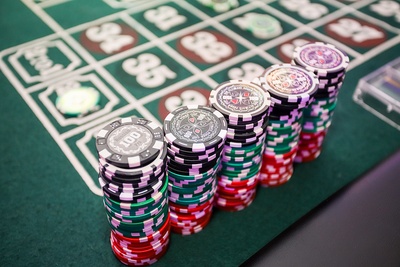 The Palestis system has a steeper learning curve than other systems and isn’t easy to explain, but it just takes a bit of practice to become second nature.
The Palestis system has a steeper learning curve than other systems and isn’t easy to explain, but it just takes a bit of practice to become second nature.
Named after one of the professional gamblers who came up with it, this system is based on the law of thirds and was curated by studying the results of thousands of real spins and finding repeated behaviours. It requires the player to monitor the wheel and only bet when certain conditions are met.
The law of thirds says that in 37 different spins (there are 37 numbers on a European roulette wheel) only 2 thirds of the numbers will show up, meaning that some numbers will come up more than once and roughly a dozen numbers will not see the ball even once.
In order for the betting conditions to be met – also called a trigger point – 2 of the possible 3 dozen columns must have come up in the previous 3 spins.
This means that one of the dozens will have come up twice, and the other once; it might look like this:
- Spin 1 – 1st Dozen
- Spin 2 – 3rd Dozen
- Spin 3 – 3rd Dozen
So the 2nd dozen didn’t come up at all in those three spins.
This would ‘trigger’ the player into betting on the 1st dozen for the next spin.
What the strategy attempts to do is take advantage of the common patterns that are created in a set of random results.
This table should help to highlight how the system works, with the triggering 3 spins highlighted in bold:
| Spin | Result | Dozen | Bet Next Spin? |
|---|---|---|---|
| Spin 1 | 22 | 2nd | No |
| Spin 2 | 29 | 3rd | No |
| Spin 3 | 2 | 1st | No |
| Spin 4 | 9 | 1st | No |
| Spin 5 | 32 | 3rd | Yes |
| Spin 6 | 13 | 2nd | No |
| Spin 7 | 4 | 1st | No |
| Spin 8 | 36 | 3rd | No |
| Spin 9 | 31 | 3rd | Yes |
| Spin 10 | 23 | 2nd | Yes |
| Spin 11 | 8 | 1st | No |
| Spin 12 | 32 | 3rd | No |
As you can see from spins 9 and 10, triggers can run into each other.
From our table above, we would have made 3 bets, and we would have made them as follows:
- Spin 5 – Bet on 3rd Dozen
- Spin 9 – Bet on 1st Dozen
- Spin 10 – Bet on 2nd Dozen
The bets might not come as frequently as this, but it illustrates how the system works.
Staking would traditionally work in the same way as a Martingale strategy for this system, with bets doubling after a loss and dropping back down to the base bet after a win (which should have recouped any losses and left you in profit).
However, there are many many different approaches people take here, so the Martingale is only a starting point.
Exceptions to the Rules
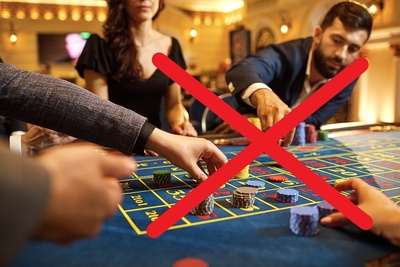 There are some circumstances when you would not bet even if the previously mentioned conditions had been met.
There are some circumstances when you would not bet even if the previously mentioned conditions had been met.
This is because during all the analysis of the results that went into creating this approach, anomaly’s were spotted which skewed the tendency for wins to follow as they had done previously.
The first is when the same dozen has appeared three times or more just before a trigger:
- 1st dozen
- 1st dozen
- 1st dozen
- 1st dozen
- 1st dozen
- 3rd dozen
Even though those in bold would ordinarily be a trigger to place a bet on the 3rd dozen, the rules tell us to wait until things have evened out a little bit and the sequence isn’t heavily favouring one particular dozen.
We would also ignore a trigger if there had been more than two 0’s in the last few numbers preceding the trigger, the rationale being that 0’s tend to come in clusters.
Lastly, if the last two bets triggered result in the same dozen winning as the dominant dozen in the trigger, we would not bet.
So if the trigger was 3rd dozen, 2nd dozen, 2nd dozen, and we bet on the 3rd dozen as per the rules, but the result was 2nd dozen, and this happened twice, we would stop and wait for a new trigger.
Double Dozens Roulette Strategy
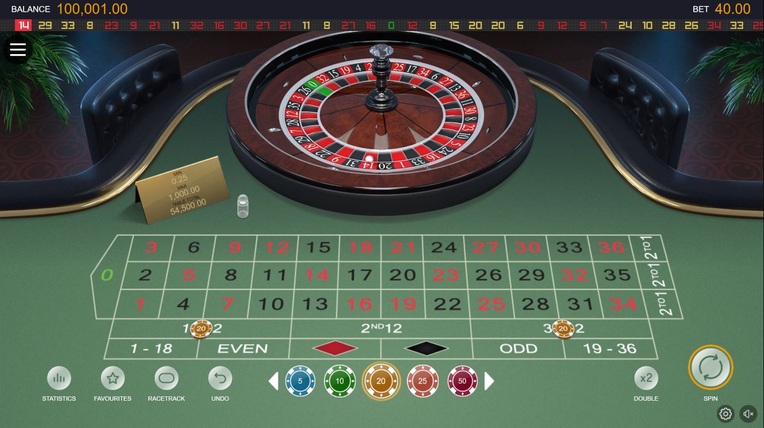
One final strategy that falls into the dozens category is the double dozens, which can be very effective for high limit players as it’s possible to amass large amounts quite quickly, and with the odds on your side too.
It’s extremely simple to play, you just pick two different dozens and bet on both of them at the same time.
This gives you roughly a 2 in 3 chance of one of your bets winning, so around 64.8% per spin.
A win will be paid out at 2:1 but you will obviously still lose one of your bets, leaving you 1 betting unit up overall after a win, and 2 betting units down after a loss.
Once you are up 4 betting units, you stop or start from the beginning again, banking the profit.
The important thing about this one is deciding when to call it quits on a cycle. A lot of people think that two losses in a row is enough to call it quits and start again, as you would need 4 wins in a row to recover the lost bets.
You could of course apply some sort of staking system to this as well, but that would make things more complicated and that isn’t really the point of the system.
